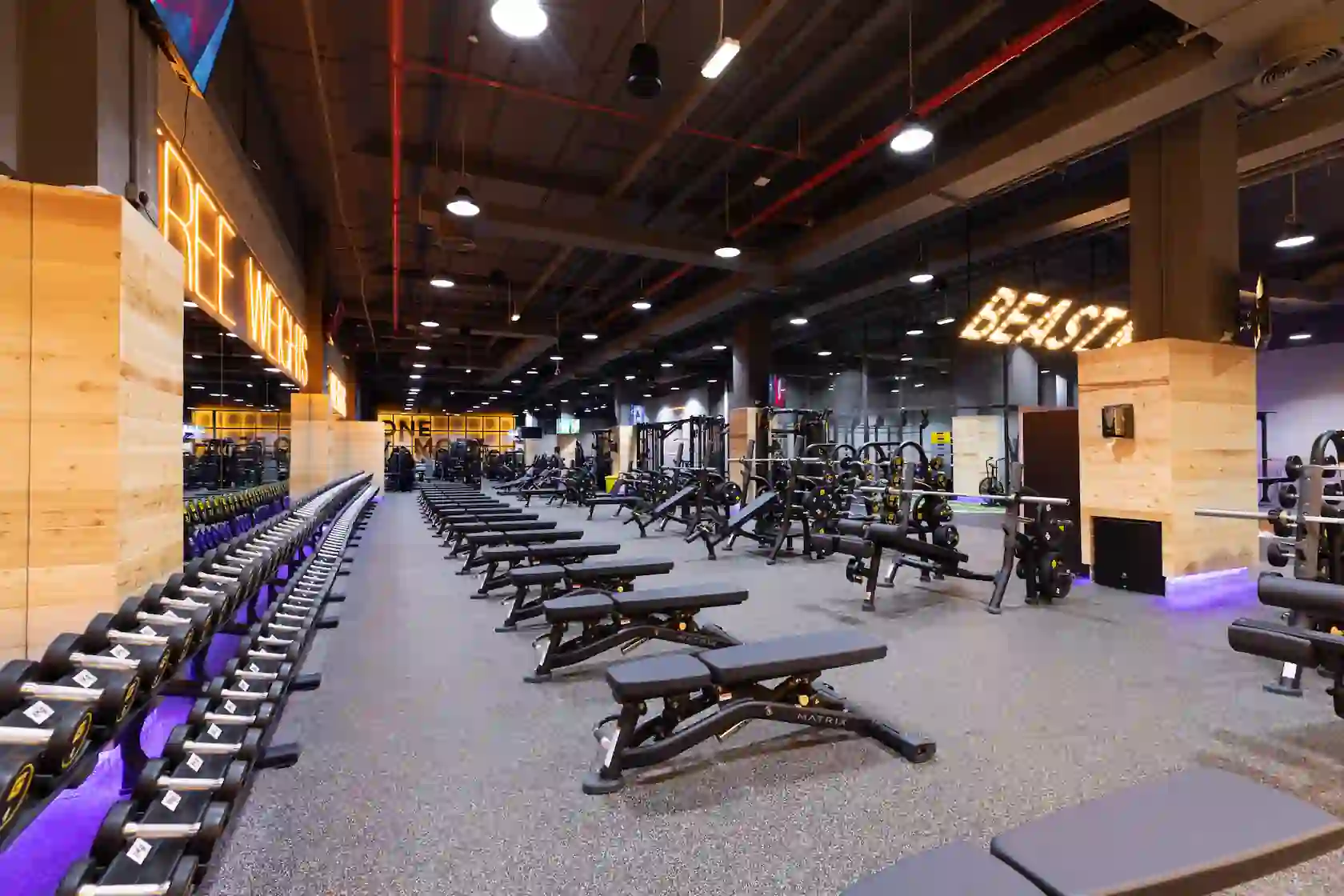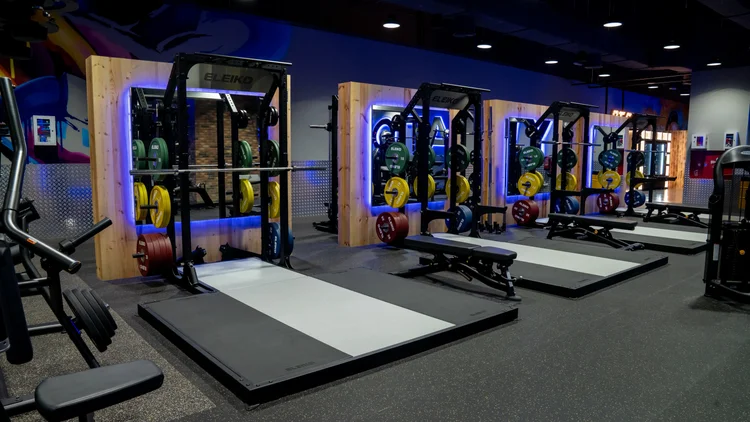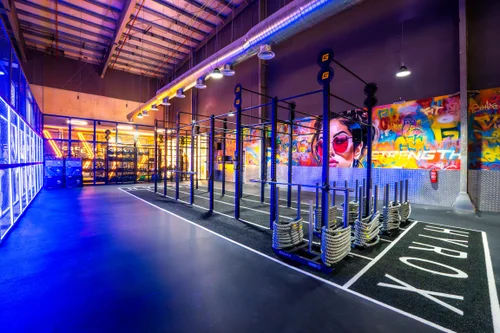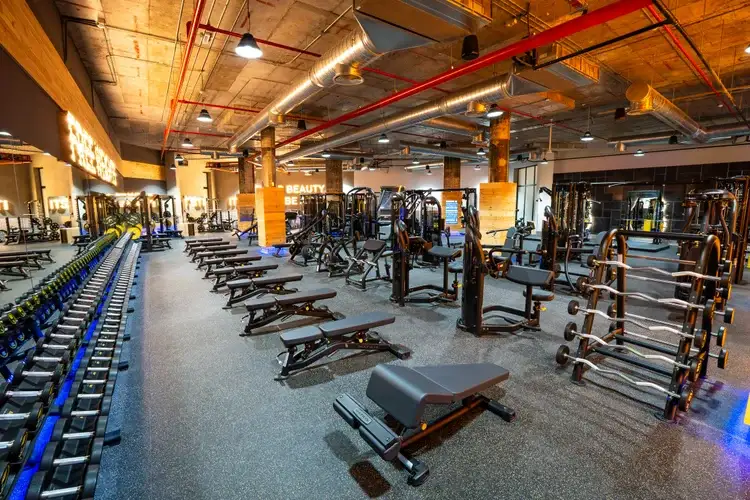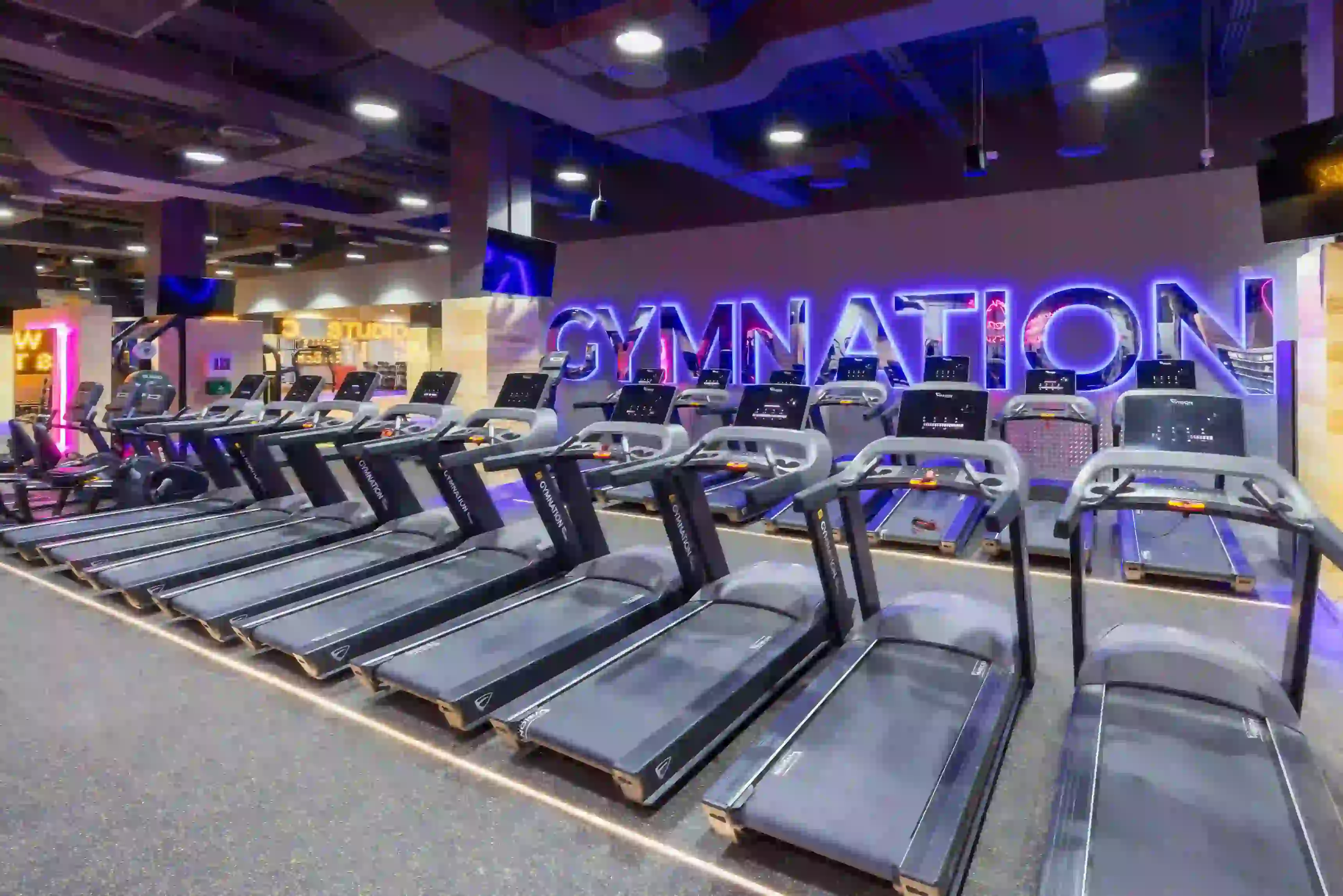Japanese Walking: The Interval Workout Revolution

SIGN UP FOR YOUR FREE DAY PASS TODAY!
“Japanese walking” is making strides on TikTok as a game-changing workout method.
This interval-based style of walking, praised for its health benefits and simplicity, has been credited with making walking routines more dynamic and results-driven.
Originating from research in Japan but popular worldwide, interval walking alternates between three minutes of high-intensity walking and three minutes at a slower pace, repeated for at least 30 minutes, four times a week.
This approach is not only easy to adopt but also offers a wide range of benefits, from weight loss to improved heart health, making it a favorite for those seeking a sustainable fitness routine.
Why Interval Walking Works
Interval workouts have been around for over a century, delivering results by alternating between high-intensity effort and lower-intensity recovery.
According to Laura Richardson, an exercise physiologist at the University of Michigan, the key lies in the peaks of intensity.
“When you work out at a higher level, your heart pumps faster, and blood flow to your muscles increases, triggering significant health improvements,” she explains.
Interval walking strengthens the heart and lungs over time, improving your body’s ability to consume oxygen.
Plus, adding intensity makes workouts quicker and more effective—perfect for those with packed schedules.
Research backs this up, with guidelines from the American College of Sports Medicine showing you can achieve more health benefits in less time with higher-intensity exercise.
Beyond physical benefits, there’s a psychological appeal to interval walking.
The structured bursts of effort make it feel like a personal challenge, helping walkers stay engaged.
Indianapolis-based Emily Mendez started interval walking because she found normal walks at a single pace boring. “The intervals make it more interesting and motivating,” she says.
The Proven Health Benefits
Professor Shizue Masuki of Shinshu University conducted one of the leading studies on interval walking.
Participants who followed a regimen of high-intensity walking for 30 minutes, four times a week, for five months showed dramatically better results than those who walked only at moderate intensity.
Interval walkers experienced improved strength in their thighs and legs, reduced blood pressure, and an overall boost in physical fitness.
They also saw improvements in symptoms of age-related conditions like cognitive decline, depression, and sleep quality.
The program even reduced abdominal visceral fat while raising healthy HDL cholesterol levels and improving triglycerides.
More generally, walking itself—a low-impact and accessible activity—supports muscle and bone health, reduces chronic disease risk, and enhances mental well-being.
Read Also: 16-Week Beginner Gym Plan: Build Strength and Confidence
Beginner-Friendly and Customizable
One of the best aspects of Japanese walking is that it’s beginner-friendly and requires no special equipment.
Masuki’s research involved exercises at moderate to high intensities based on participants’ peak aerobic capacity (VO2 max).
While fitness trackers can help measure this, Richardson suggests using the “talk test.”
When walking at about 70% of your capacity, you should feel your heart racing but still be able to hold a conversation.
It’s vigorous but manageable—a contrast to 100% intensity, which is unsustainable and leaves you unable to speak comfortably.
Read Also: Sleep and Exercise: A Vital Connection
How to Get Started
Follow these tips to add interval walking to your routine:
1. Ease Into It
If three-minute high-intensity intervals seem overwhelming, start with shorter bursts. For example, try one minute of brisk walking followed by three minutes of recovery. Adjust as your stamina builds.
2. Use Downtime Wisely
Even short intervals count. Yvette Hill, a busy parent, incorporates interval walking when waiting in parking lots to pick up her kids. She alternates paces between corners of the lot.
3. Perfect Your Posture
Maintain an upright spine, lift your chest, and swing your arms purposefully during high-intensity intervals to increase overall body engagement.
4. Use a Timer or Music
Many fitness trackers, like the Apple Watch, allow you to set interval timers. Alternatively, use music to guide your sessions—one song for intense walking, another for recovery.
5. Adjust Terrain
Walking on different surfaces, like treadmills, trails, or sandy beaches, can impact both challenge levels and enjoyment. Experiment with what feels best for you.
6. Add Accessories
Older or balance-challenged individuals can use walking poles or sticks for added support. For fitness enthusiasts, carrying small dumbbells or using arm weights can ramp up the intensity.
7. Keep It Interesting
Feel free to mix in other movements, like lunges or squats, during your high-intensity intervals to target different muscle groups.
Small Effort, Big Payoff
With its easy customization, accessibility, and impressive health benefits, Japanese walking is ideal for anyone looking to boost their fitness.
Whether you're a beginner or a seasoned walker, this dynamic approach is a simple, effective way to make your daily strolls more exciting and impactful.
Why not take the first step today? Interval walking could be the energizing upgrade your fitness routine has been waiting for!
Source: time
The opinions shared in the GymNation blog articles are solely those of the respective authors and may not represent the perspectives of GymNation or any member of the GymNation team.
GET YOUR FREE TRIAL TODAY






























